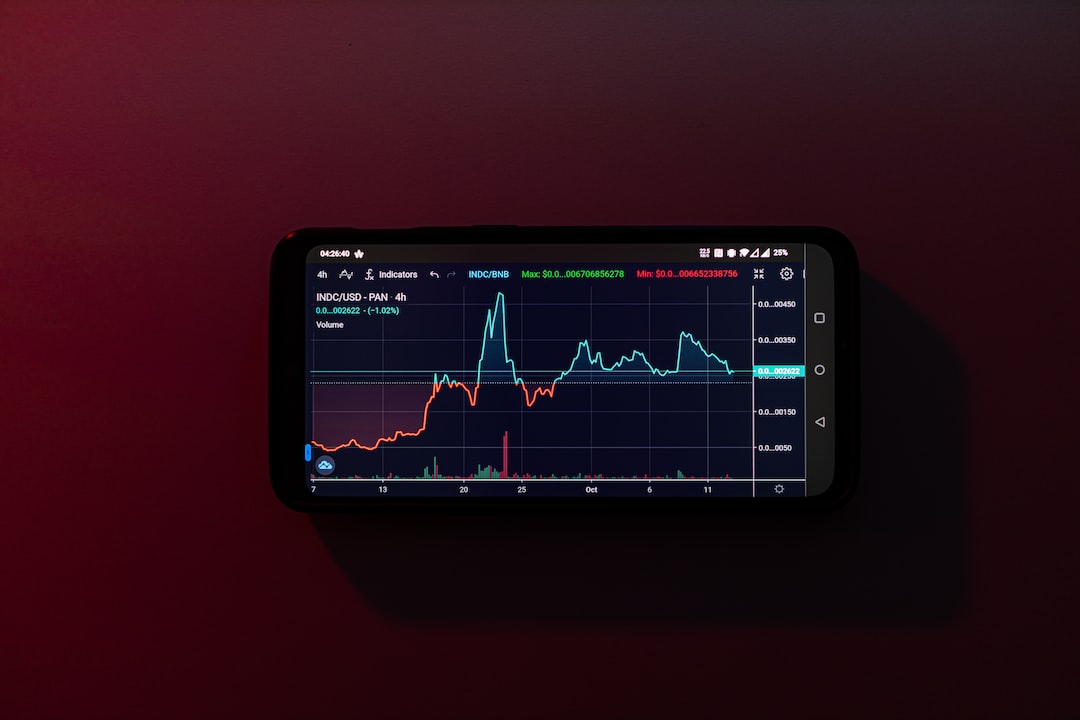What is a wrapped token?
A wrapped token is a type of cryptocurrency or digital asset that is backed by another coin or asset. It is often native to a specific blockchain or network and is “wrapped” by it. Wrapped tokens are important because they enable cross-chain interoperability and decentralized finance (DeFi) applications. They allow users to utilize the features and services provided on multiple blockchains, making it easy to use assets from one blockchain on another. Wrapped tokens can represent various assets, including cryptocurrencies, stablecoins, and nonfungible tokens (NFTs). An example of a wrapped token is Wrapped Bitcoin (wBTC) on the Ethereum network, which represents Bitcoin and allows users to interact with Ethereum-based DeFi protocols and decentralized exchanges while preserving Bitcoin’s value.
How do wrapped tokens work?
Wrapped tokens work in the following way:
Asset locking
A specific amount of the native coin of one blockchain, such as Ethereum, is locked into a smart contract. This locking procedure is monitored by a decentralized autonomous organization (DAO) or a trusted entity. The locked native coin serves as collateral for creating wrapped tokens.
Issuance of wrapped tokens
Once the original cryptocurrency is locked, an equivalent number of wrapped tokens are released on a different blockchain. For example, a wrapped version of Bitcoin called wBTC is released on the Ethereum blockchain. These wrapped tokens represent ownership of the locked native coin and can be freely traded within the ecosystem of the second blockchain.
Types of wrapped tokens
Wrapped tokens are designed to work with specific blockchain settings, allowing for the integration of multiple assets into a single ecosystem. Examples include Wrapped Bitcoin (wBTC), which enables BTC owners to use their holdings in Ethereum’s decentralized applications and DeFi platforms. Wrapped Ether (wETH) facilitates trading and smart contract interactions on the Ethereum network. Stablecoins also have wrapped equivalents, such as Tether (USDT), USD Coin (USDC), and Dai (DAI). Some blockchains even have their own wrapped tokens, like BNB Smart Chain (BSC) and Polygon, promoting cross-chain compatibility and decentralized use cases.
What are the benefits of wrapped tokens?
Wrapped tokens offer several advantages in the world of cryptocurrencies and blockchain technology. They promote cross-chain interoperability, allowing for the seamless integration of assets from different blockchains into a specific ecosystem. This improves access to a wider range of assets and liquidity. Wrapped tokens also make it easier to integrate assets with other functionality, simplifying asset interactions. Furthermore, they empower users by giving them more control over their assets and contribute to a more connected and dynamic crypto economy.
What are the limitations of wrapped tokens?
Despite their benefits, wrapped tokens have some disadvantages. They rely on custodians to hold the original assets, raising concerns about centralization and counterparty risk. Problems with the custodian can impact the value and usefulness of the wrapped token. The complexity and potential cost of wrapping and unwrapping tokens may discourage some users. Additionally, relying on bridges and protocols for wrapping tokens presents security risks and requires trust in third-party systems. Not all assets can be easily wrapped, limiting the variety of assets that can be used across chains. Regulatory issues surrounding wrapped tokens may also create legal ambiguity that affects adoption and use.
Hot Take: The Importance of Wrapped Tokens in Bridging Blockchain Ecosystems
Wrapped tokens play a crucial role in connecting blockchain ecosystems and expanding the utility of assets. They enable cross-chain interoperability, simplify asset interactions, and empower users. However, it’s important for users to exercise caution and stay informed when using wrapped tokens. The reliance on custodians, complexity of wrapping and unwrapping, security risks, limited asset variety, and regulatory challenges are factors that should be considered. Despite these limitations, wrapped tokens continue to enhance the crypto economy by bridging the gap between different blockchains and promoting accessibility and liquidity.





 By
By
 By
By

 By
By

 By
By